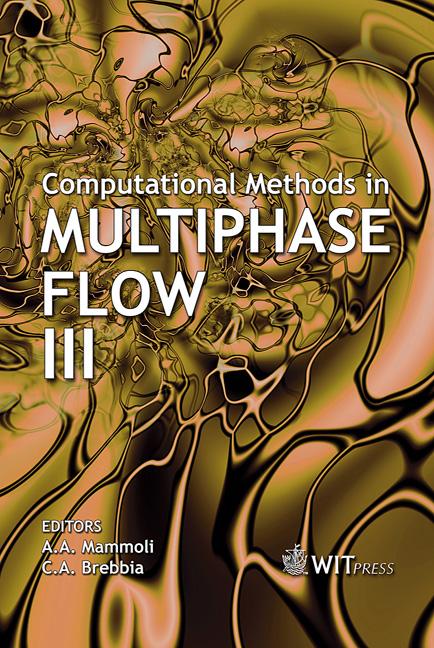Numerical Simulation Of Spray Combustion Flows With A Linearized Real-fluid Model
Price
Free (open access)
Transaction
Volume
50
Pages
14
Published
2005
Size
589 kb
Paper DOI
10.2495/MPF050181
Copyright
WIT Press
Author(s)
G. C. Cheng & R. C. Farmer
Abstract
An efficient computational fluid dynamics (CFD) model for simulating spray combustion has been developed and is described. Propellant mixing near the injector has a profound effect on liquid rocket engine performance. Such mixing is extremely complex as it involves supercritical-pressure spray, turbulent mixing, and chemical reactions. Earlier research revealed a homogeneous spray approach coupled with a real-fluid property model accounts for compressibility and evaporation effects such that thermodynamics properties of a mixture over a wide range of pressures and temperatures can be accurately predicted. This spray model successfully simulated uni-element shear coaxial injector spray combustion flows. In the present study a numerical approach is proposed to improve the computational efficiency of predicting thermal properties of a mixture of real-fluid species. The approach is called a linearized real-fluid model (LRFM), and the improved efficiency is achieved by using a combination of a pseudo-liquid species and a gaseous species to represent a real-fluid species. LRFM offers increased efficiency through an improved robustness of the numerical model and a reduction in the overall computational time by an order of magnitude. The methodology of LRFM and thermodynamic properties of some liquid species calculated from the model are presented. The numerical accuracy and computational efficiency of the developed model are assessed by a comparison to benchmark test data. Keywords: CFD, homogeneous spray approach, real-fluid property model.
Keywords
CFD, homogeneous spray approach, real-fluid property model.





